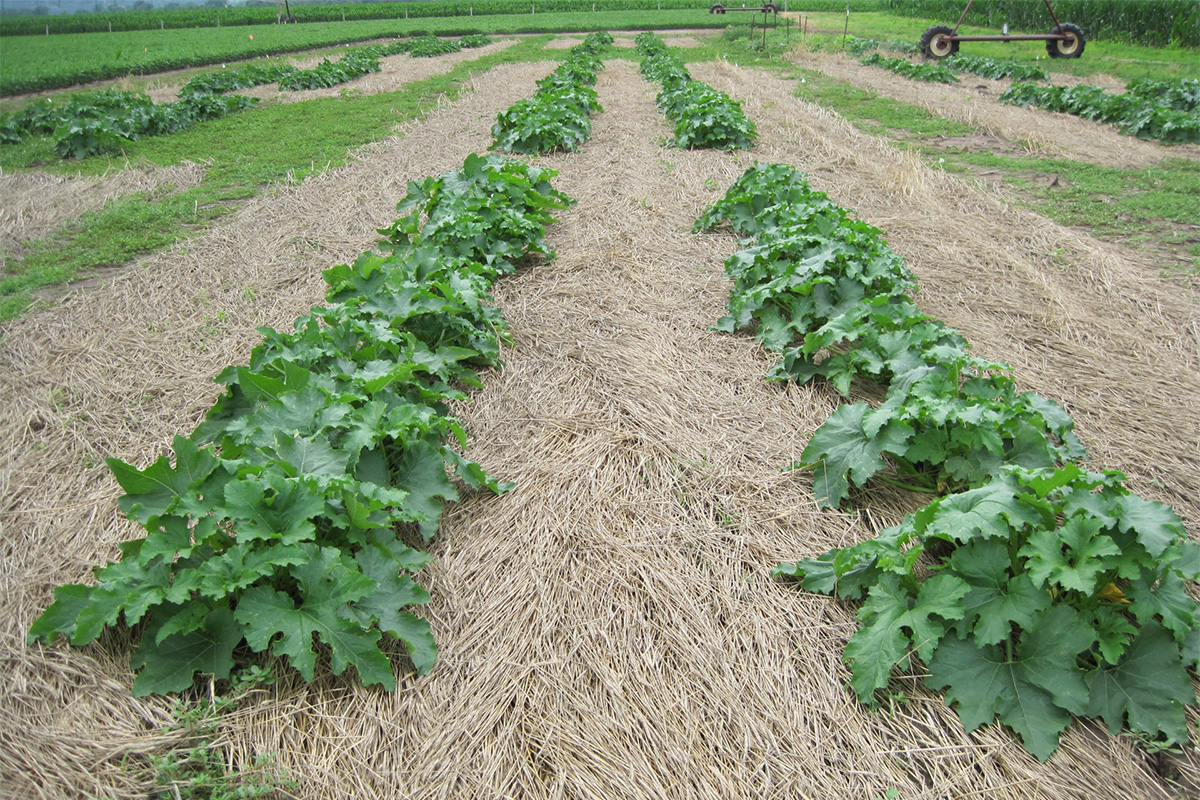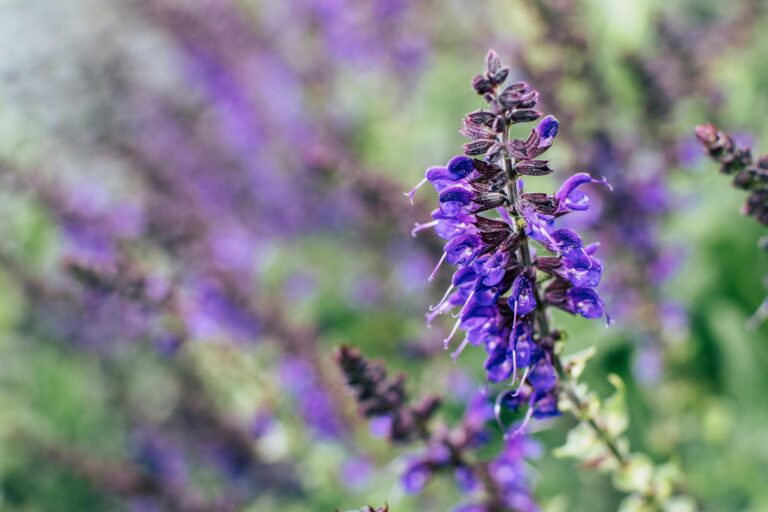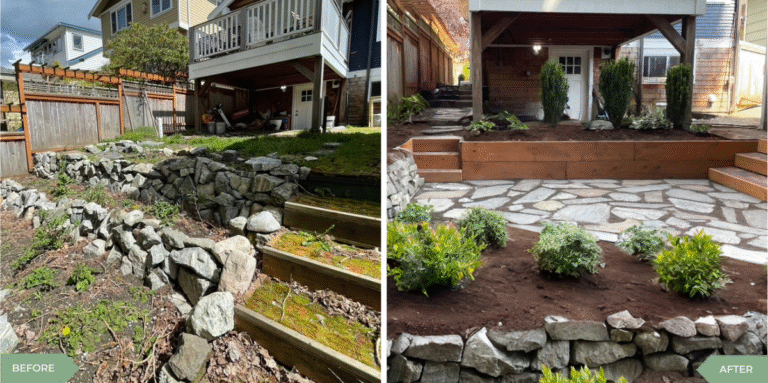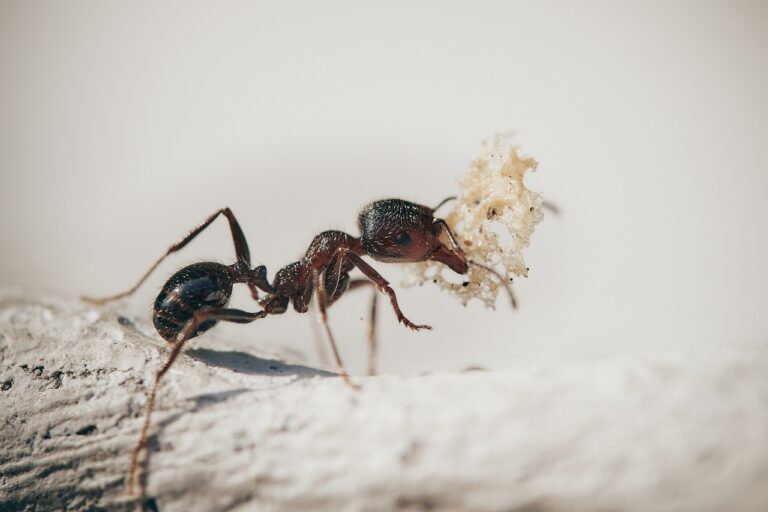5 Best Cover Crops That Boost Garden Soil Naturally
The 5 Best Cover Crops for Post-Summer Soil Recovery
Crimson Clover: The Nitrogen Powerhouse
Crimson clover serves as an outstanding nitrogen-fixing cover crop because it transforms atmospheric nitrogen into accessible soil nutrients which promote better growth of following crops. The cool-season legume produces 50-150 pounds of nitrogen per acre and fall-planted varieties build up 50-80 pounds of nitrogen until mid-April.
Plant crimson clover six to eight weeks before your first fall frost, usually during late August through September in most areas. The broadcast method needs 0.5 pounds of seeds for every 1,000 square feet before using a light rake to establish seed-soil contact. The plant grows best in USDA zones 6 and above while its red blooms draw pollinators to the garden during late season.
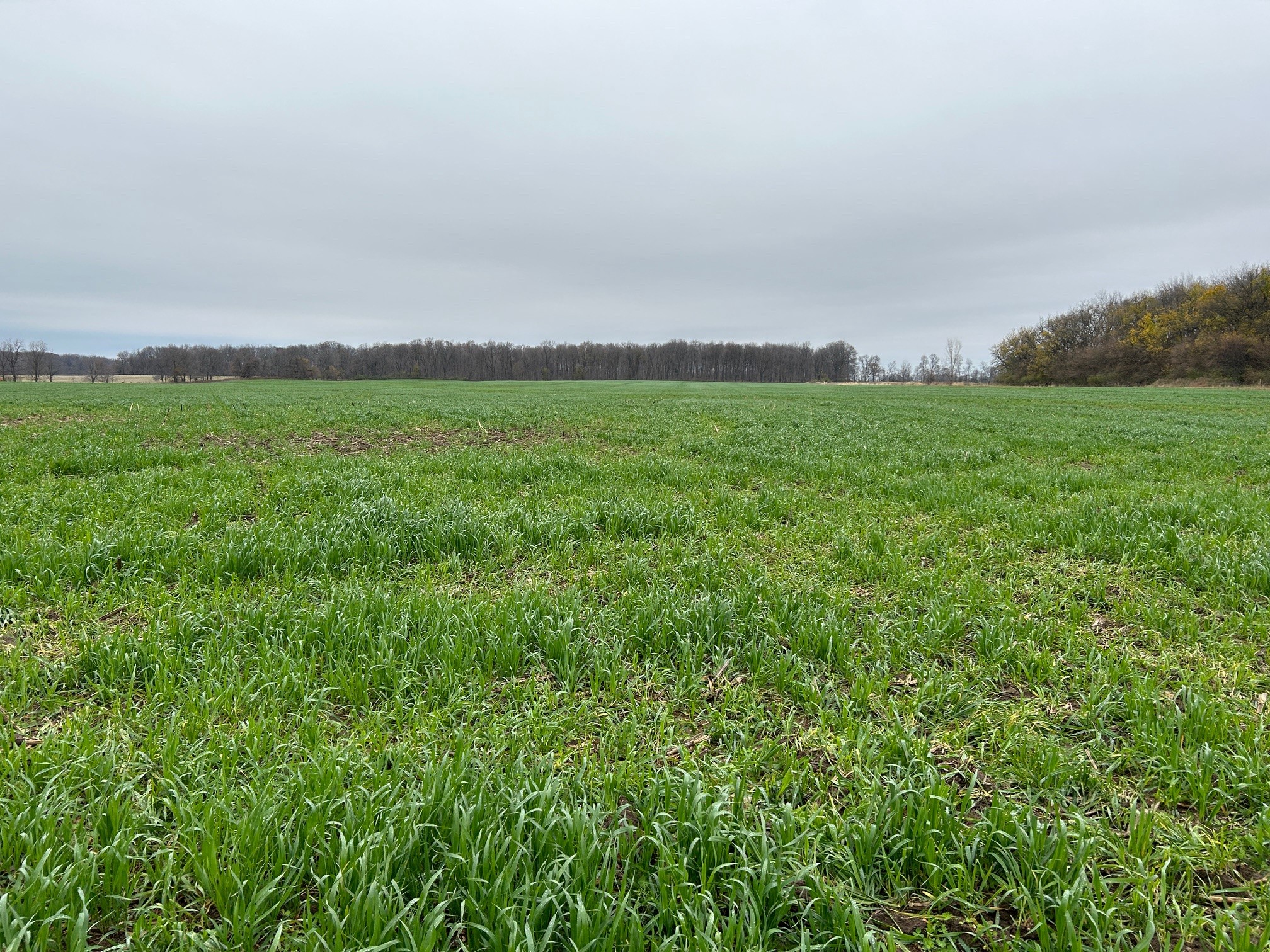
The extensive root system penetrates through compacted soil layers as the above-ground biomass provides organic matter when it is incorporated into the soil. Crimson clover functions best when combined with grasses such as oats or cereal rye because this mixture produces an optimal carbon-to-nitrogen ratio which speeds up decomposition.
Hairy Vetch: The Soil Structure Specialist
The soil structure improves through hairy vetch because it generates loose friable conditions which enable healthy root development. The plant produces up to 200 pounds of nitrogen per acre through its vigorous legume nature while creating large amounts of biomass that enhances soil organic matter storage.
Sow hairy vetch six weeks before your first fall frost at 0.75-1 pound per 1,000 square feet. The plant needs well-drained soil with a pH between 6.0-7.0 to grow well in gardens that have proper drainage. Hairy vetch grows better in USDA zones 5 and above because it withstands lower temperatures than crimson clover.

The plant develops extensive root systems which create vertical channels that enhance water infiltration and air circulation. The spring termination of hairy vetch allows the plant to release nitrogen slowly which supports the following crops during the entire growing period.
Oats: The Erosion Control Expert
The fast-spreading nature of oats combined with their ability to stabilize soil makes them an ideal choice for gardens located on slopes and areas that experience excessive rainfall. The grass develops quick root systems during cool weather which helps stabilize soil particles and enhances water penetration.
Plant oats eight to ten weeks before your first fall frost at 1.5-2 pounds per 1,000 square feet. The crop dies off on its own during winter months in zones 6 and above without any need for extra maintenance. Oats have the ability to extract remaining nitrogen from previous crops while protecting soil nutrients from winter leaching.

The dense root system establishes perfect habitat conditions for beneficial soil organisms while the plant material above ground serves as superior mulch. The decomposition of oat residue during springtime releases phosphorus and essential minerals which become available for plant development.
Cowpeas: The Heat-Loving Nitrogen Fixer
The hot summer weather tolerance of cowpeas makes them suitable for planting during late summer in regions with warm temperatures because they outperform other cover crops under these conditions. The adaptable legume maintains its ability to survive temperatures of 95°F while it effectively captures nitrogen and generates large amounts of organic material.
Plant cowpeas in mid to late summer when soil temperatures exceed 65°F, using 2-3 pounds per 1,000 square feet. The plant needs between 60 to 90 days to reach full maturity depending on environmental factors and the particular crop variety. The southern garden environment along with warm fall seasons provides an ideal setting for growing cowpeas.
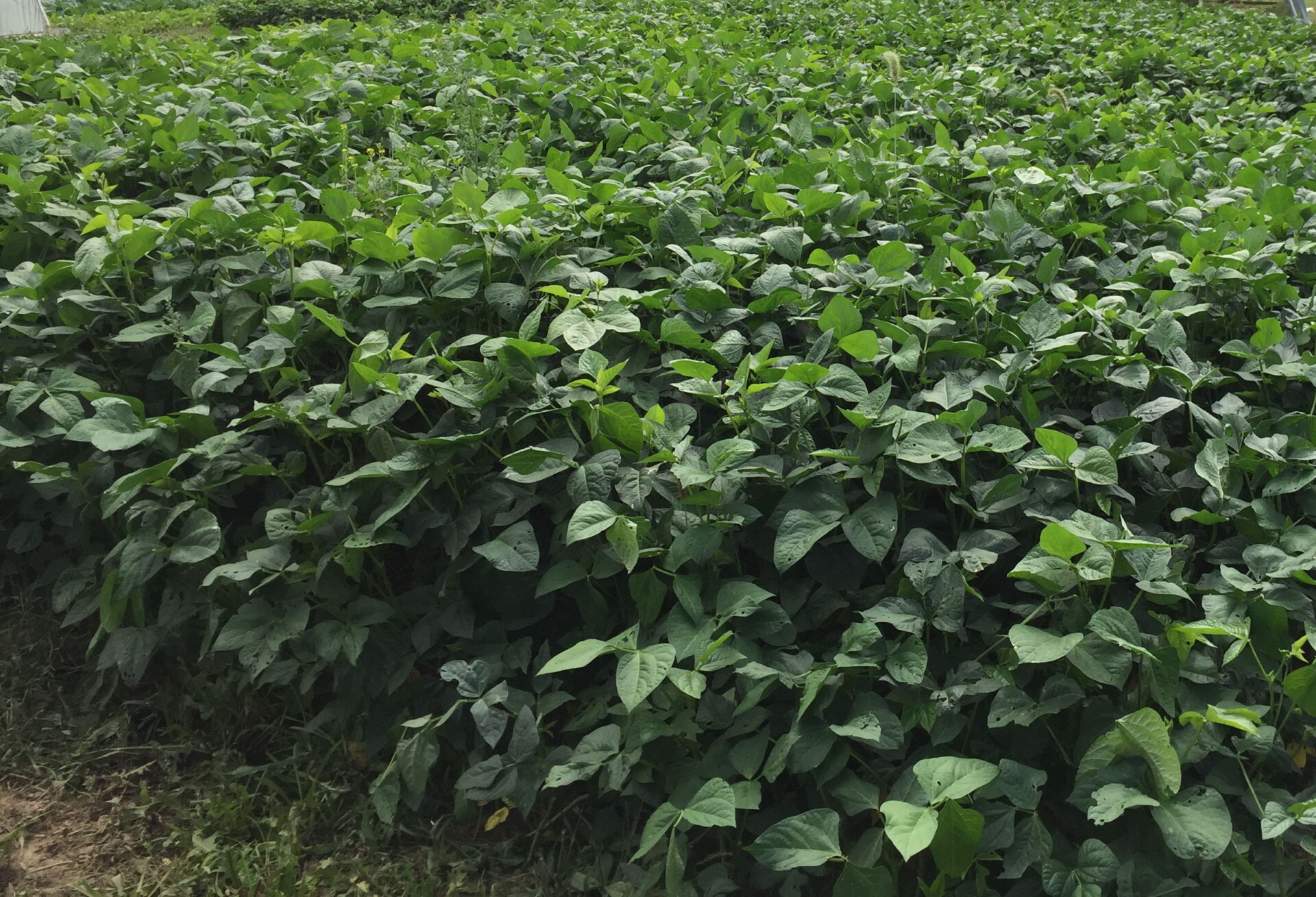
The research shows that cowpeas provide 130 pounds of nitrogen per acre when used as a crop addition and 90% of this nitrogen content exists in the above-ground plant material. The plant develops deep taproots which penetrate through thick subsoil layers and maintains drought tolerance to survive under dry conditions with low water requirements.
Winter Rye: The Ultimate Soil Protector
Winter rye serves as the most effective method to protect soil from erosion and winter weather damage. The plant endures temperatures as low as -30°F through its strong root system which keeps the soil stable and prevents erosion and compaction.
Plant winter rye seeds six to eight weeks before your area experiences its first fall frost at a rate of 2-3 pounds per 1,000 square feet. The crop develops quickly under cool weather to form dense biomass which stops weed growth and protects the soil from wind and water erosion. The fibrous root system of winter rye extracts up to 50 pounds of nitrogen from each acre which stops soil nutrients from disappearing during winter.
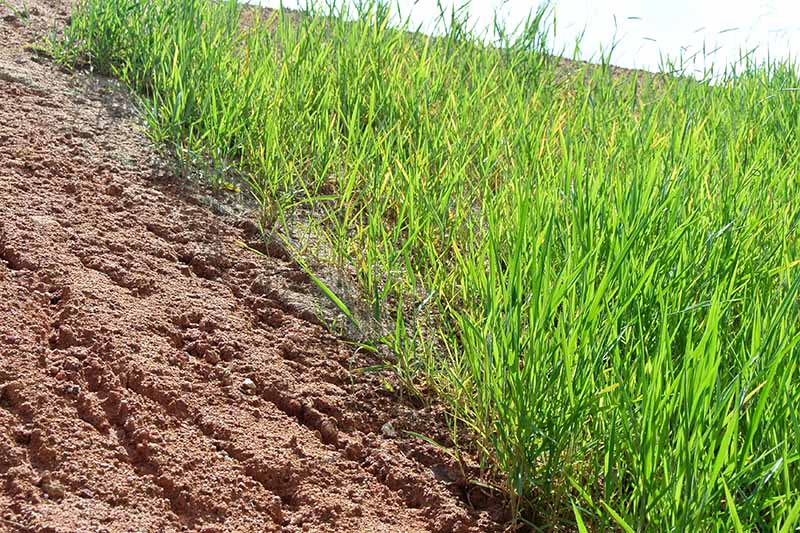
The extensive root system of this plant creates vertical channels which enhance drainage and soil aeration and the above-ground plant material serves as effective mulch. The spring termination of winter rye produces allelopathic substances which inhibit weed growth during early seasons thus protecting the following crops from competition.
Optimal Planting Strategies for Maximum Benefit
Timing Your Planting Windows
The establishment of successful cover crops depends on exact timing which needs to match your local hardiness zone and the timing of your first frost. Plant cover crops in zones 3-5 during mid-August to achieve proper growth before winter sets in. The planting season for zones 6 through 8 extends into September but zones 9 through 11 can start planting in October for winter harvests.
The growth period of cover crops should extend to at least four weeks before winter frost sets in to develop strong root systems.
Start your planting schedule by counting back from your typical first frost date while adding more time for hairy vetch since it takes longer to establish than buckwheat.

Seeding Rates and Preparation
Prepare seedbeds by removing existing vegetation and lightly cultivating soil to create good seed-soil contact. The seeding process for most cover crops begins with broadcasting which requires a subsequent light raking or rolling operation to ensure proper coverage. Seeding rates vary significantly:
- Crimson clover requires 0.5 pounds of seed per 1,000 square feet of planting area
- Hairy vetch: 0.75-1 pound per 1,000 square feet
- Oats: 1.5-2 pounds per 1,000 square feet
- Cowpeas require 2-3 pounds of seeds for every 1,000 square feet of planting area
- Winter rye requires 2-3 pounds of seed material for every 1,000 square feet of planting area
The broadcasting method without incorporation requires a 25% increase in rates to achieve the same germination results as the other methods.
Legume Inoculation for Enhanced Nitrogen Fixation
Legume cover crops require proper rhizobia bacteria for optimal nitrogen fixation. Purchase appropriate inoculant specific to your chosen legume species and apply according to package directions. Mix inoculant with seeds using a sugar-water solution (9 parts water to 1 part corn syrup) to ensure adequate coverage.
Plant inoculated seeds within 24 hours of treatment to maintain bacterial viability. Store inoculant in dry and cool environments to protect bacterial survival from direct sunlight and extreme temperatures.
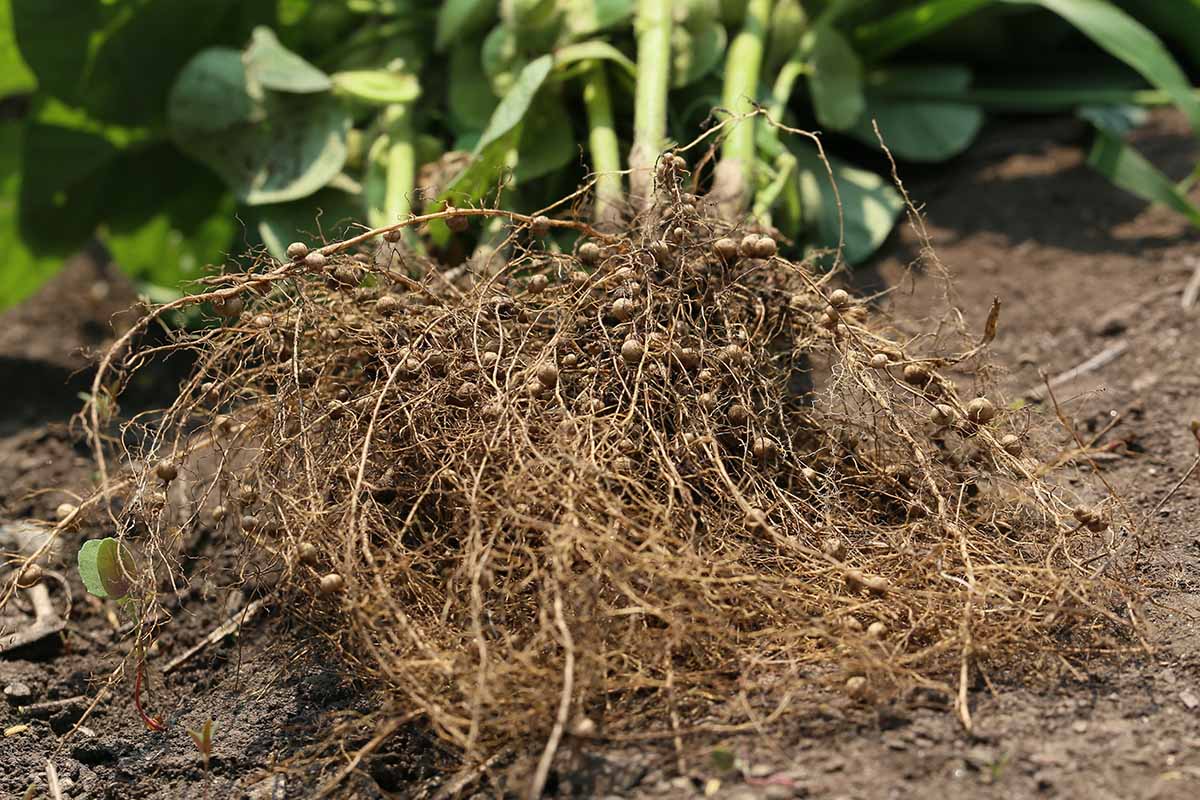
Spring Management and Termination Timing
The optimal time to stop cover crops exists between two to four weeks before planting main crops to enable decomposition processes which release essential nutrients. The cold weather of winter causes oats to die naturally so no special care is needed. The hardier species including winter rye and hairy vetch need mechanical termination methods that involve mowing or rolling or incorporation.
The best time to stop the process happens when biomass production levels match the time needed for decomposition to occur. The early termination method helps to reduce nitrogen consumption from carbon-rich residues but the late termination approach allows for the highest possible addition of organic matter. Research indicates that waiting for two weeks following termination will help reduce nitrogen immobilization effects when planting crops.
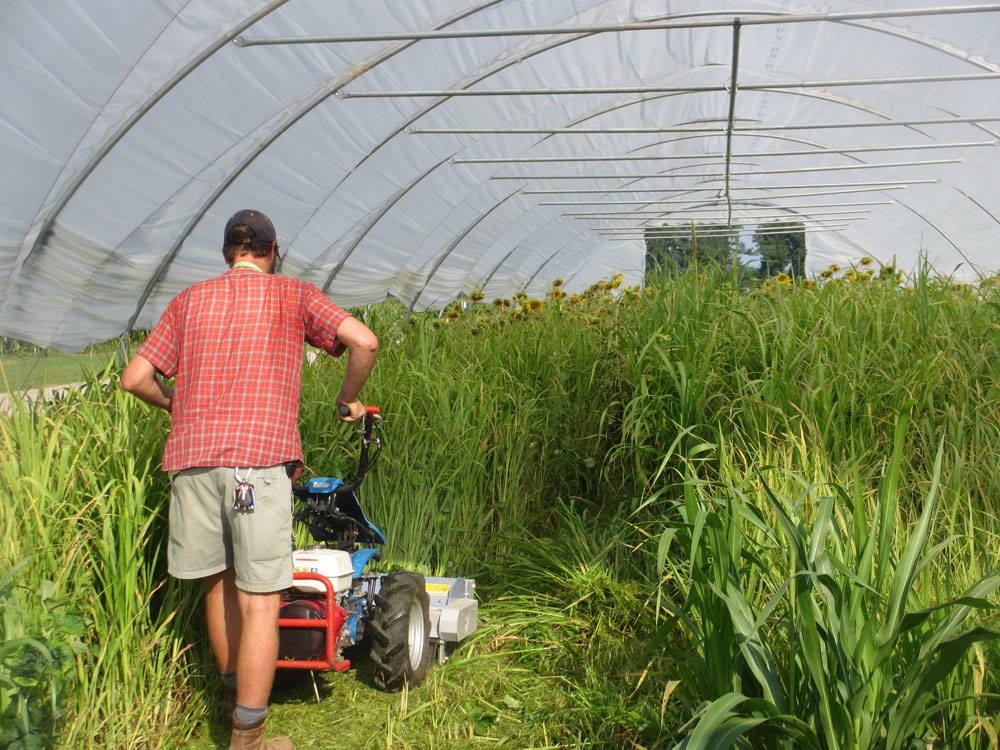
Strategic Cover Crop Combinations for Maximum Benefits
Multiple soil improvement objectives can be reached through planting different cover crops which work well together. Plant crimson clover with oats to obtain both nitrogen fixation and erosion control or plant hairy vetch with winter rye for complete soil structure improvement.
The use of diverse cover crop combinations leads to more diverse microbial communities in soil while their different root systems tackle various soil problems. The combination of 60% grass species with 40% legumes produces the optimal carbon-to-nitrogen ratio which speeds up decomposition and improves nutrient cycling.
The use of cover crops creates a vital investment for long-term soil health which generates multiple benefits including higher yields and lower production expenses and stronger garden resistance.
Your choice of suitable plant species for your climate and management approach will convert unproductive summer soil into a productive base for upcoming growing periods

